Litomerice
Between 1943 and 1945, the German war industry was subjected to intense airstrikes. The Nazis therefore placed wherever possible parts of their war industry in existing mountains or underground tunnels. In spring 1944, construction of an extensive tunnel complex began in Litomerice (german Leitmeritz) about eighty kilometres north of Prague. The projects were called Richard I – III and were built by thousands of slave workers of different nationalities. Only Richard I and II were completed. The Nazis set up a labor camp in connection with the tunnel construction and the camp was subordinated Flossenburg. It was mainly parts for tanks that were produced. Conditions were harsh and at the end of the war a typhoid epidemic erupted casusing many deaths. Due to this the Nazis were forced to build a crematorium in order to get rid of the bodies. The camp was liberated by the Soviet Red Army in 1945. About 4,500 prisoners out of about 18,000 died.
Current status: Partly preserved/demolished with museum (2010).
Location: 50°32'5"N 14°6'54"E
Get there: Car.
Follow up in books: Kogon, Eugen: The Theory and Practice of Hell: The German Concentration Camps and the System Behind Them (2006).
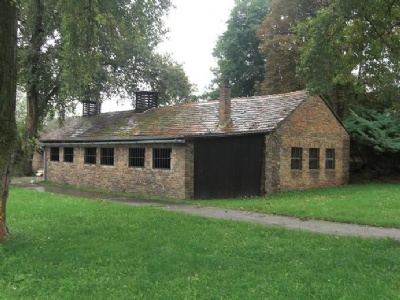
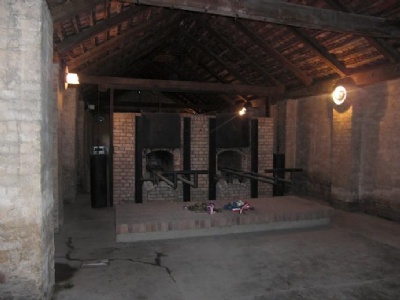
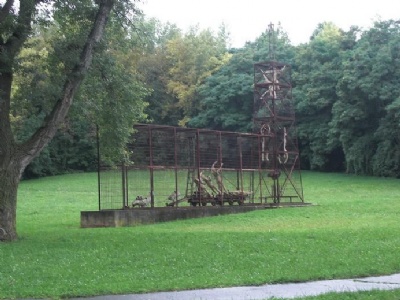
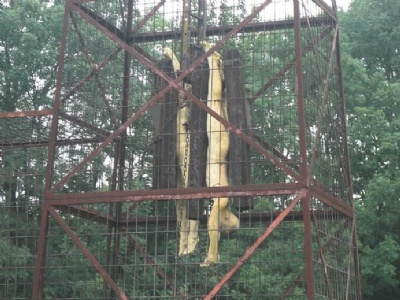
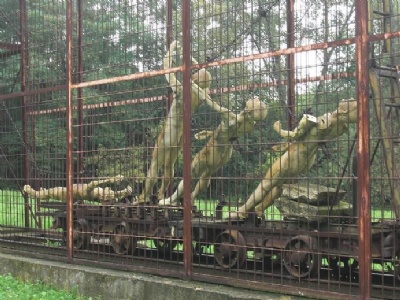
The monument is located next to the crematorium which is the only part of the camp that remains. Other parts are either abandoned or used in industrial contexts. One reason why Litomerice is not a museum today (2010) may partly be due to Theresienstadt (Terezin) and Lidice. Theresienstadt is located only about two kilometers south of Litomerice and Lidice about fourty kilometres south and at these two places there are a total of three museums. There is simply no room for yet another museum within this geographical radius.